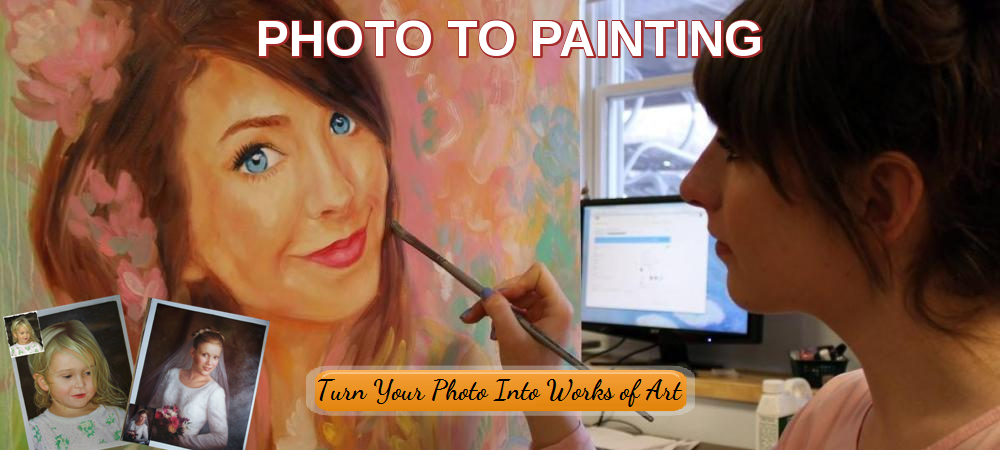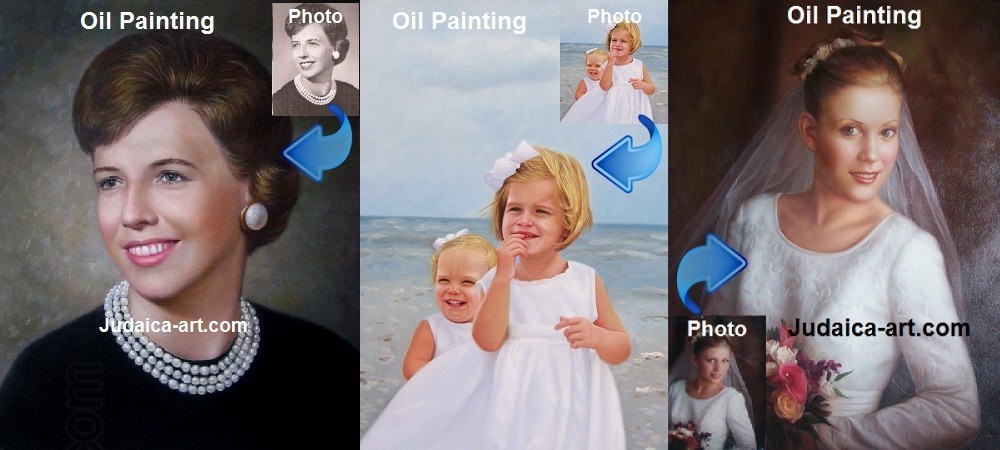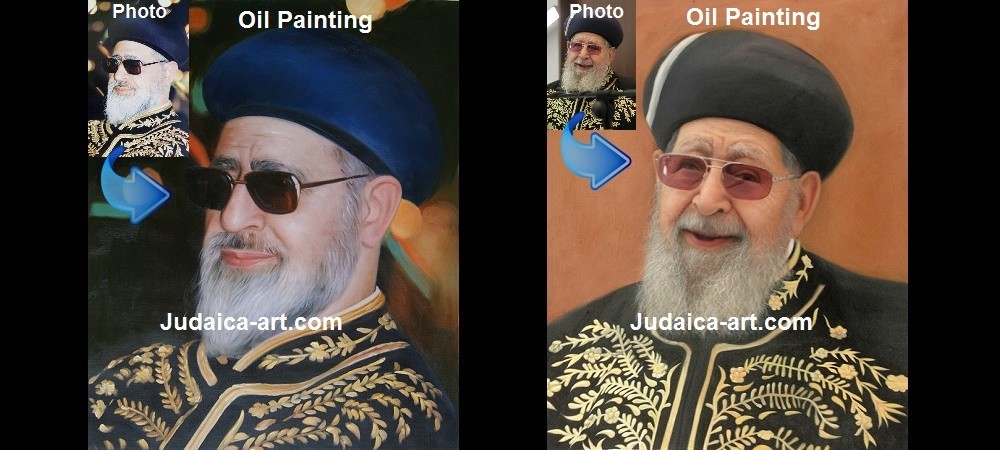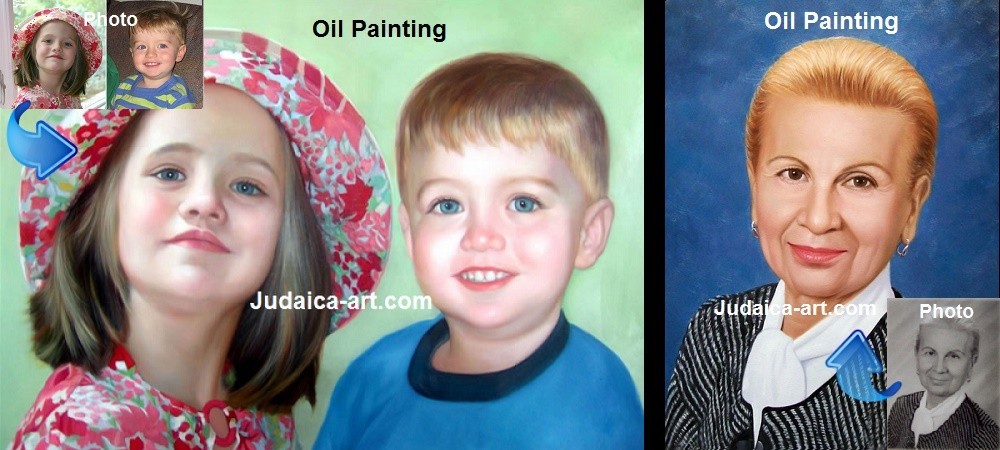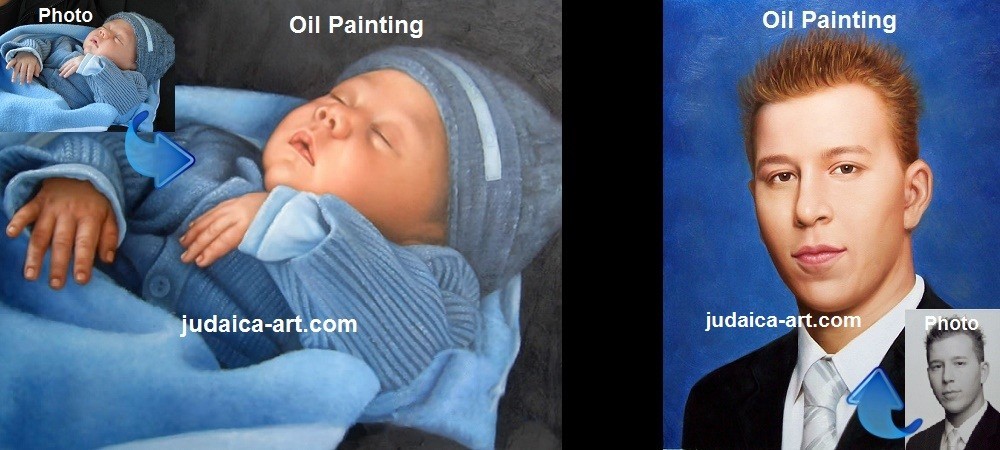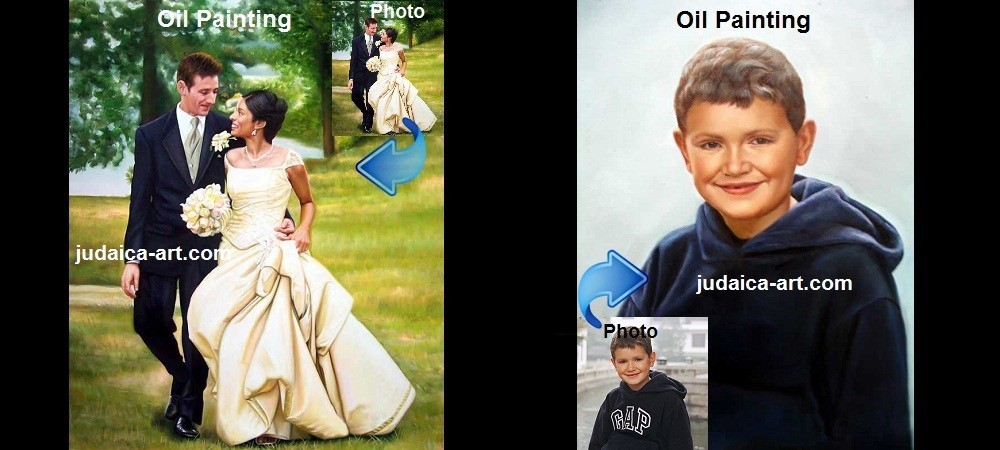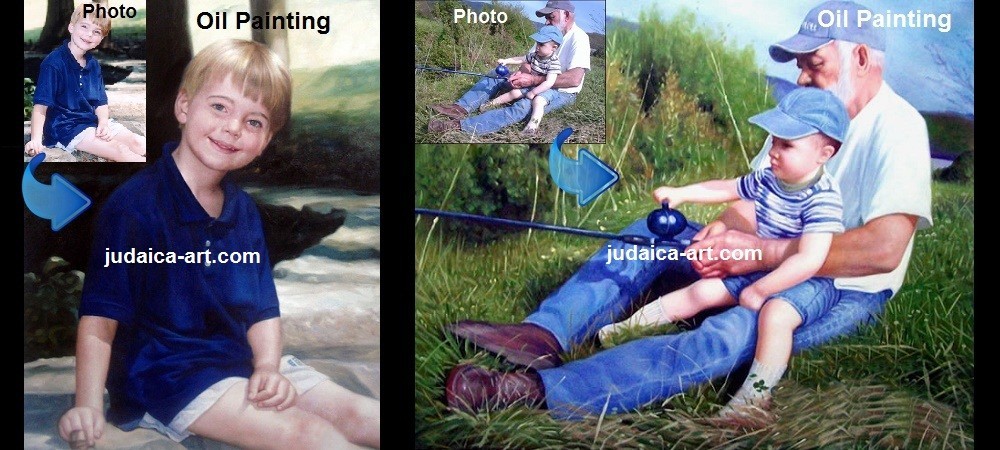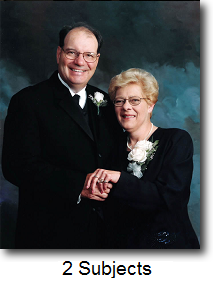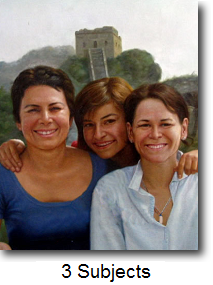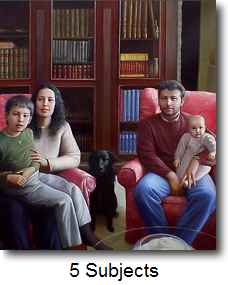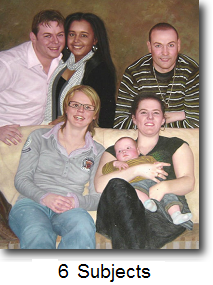
Capturing Emotions on Canvas: The Art of Oil Painting Portraits and its Endless Possibilities
Step into the world of oil painting portraits and unlock the power to capture emotions on canvas like never before. With its rich and vibrant colors, oil painting offers endless possibilities for artists to delve deep into the human psyche and create stunning works of art that evoke powerful emotions. Whether it's the subtle joy in a smile, the intensity of a gaze, or the raw vulnerability of a tear, oil painting allows artists to bring these emotions to life in a way that words simply cannot. From the careful blending of colors to the meticulous attention to detail, each brushstroke tells a story, revealing the innermost thoughts and feelings of the subject. Join us as we explore the art of oil painting portraits and discover how this timeless medium can leave a lasting impression on both the artist and the viewer. Get ready to embark on a journey of self-expression and emotional connection through the mesmerizing world of oil painting.
The Importance of Capturing Emotions in Portraits
Portraits have long been a way for artists to capture the essence of a person. Whether it's a loved one, a historical figure, or a stranger on the street, portraits have the ability to convey emotions in a way that words often cannot. The human face is a canvas of emotions, and through oil painting, artists can bring these emotions to life.
When we look at a portrait, we want to feel a connection, a sense of understanding, and empathy. We want to be moved by the emotions that the subject is experiencing. Oil painting allows artists to capture the subtleties of these emotions, from the sparkle in someone's eyes to the curve of their smile. It is through these details that the true essence of a person can be conveyed.
Understanding the Basics of Oil Painting Techniques
Before diving into the world of oil painting portraits, it's essential to understand the basics of oil painting techniques. Unlike other mediums, oil paint has a slow drying time, which allows artists to blend colors and create smooth transitions. This makes it ideal for capturing the nuances of emotions.
One of the fundamental techniques in oil painting is layering. By building up layers of paint, artists can create depth and texture, enhancing the overall emotional impact of the portrait. Another important technique is glazing, which involves applying thin, translucent layers of paint to achieve vibrant colors and a luminous effect.
Additionally, understanding brushwork and brushstrokes is crucial in oil painting portraits. Every stroke of the brush can convey different emotions, from bold and confident to delicate and fragile. By mastering these techniques, artists can truly bring their subjects to life on the canvas.
Choosing the Right Materials for Oil Painting Portraits
Selecting the right materials is essential for achieving the desired results in oil painting portraits. High-quality brushes, paints, and canvases can make a significant difference in the final outcome of the artwork.
When it comes to brushes, natural bristle brushes are often preferred for oil painting portraits. They offer better control and can create a variety of textures and strokes. As for paints, professional-grade oil paints provide a wider range of colors and higher pigmentation, allowing for more vibrant and expressive portraits.
Choosing the right canvas is equally important. A canvas with a solid, sturdy frame will ensure that the artwork stands the test of time. It's also crucial to consider the size of the canvas, as larger canvases provide more space for capturing intricate details and emotions.
Step-by-Step Process of Creating an Oil Painting Portrait
Creating an oil painting portrait is a step-by-step process that requires patience, precision, and a deep understanding of the subject's emotions. Here is a general guide to help you get started:
1. **Reference Gathering**: Begin by gathering reference materials, including photographs and sketches of the subject. These references will serve as a guide throughout the painting process.
2. **Composition and Sketching**: Once you have your references, start by sketching the basic composition on the canvas. Pay close attention to the placement of facial features and the overall composition of the portrait.
3. **Blocking in Colors**: Begin blocking in the basic colors of the portrait, focusing on the overall values and tones. This stage is where you establish the foundation of the painting.
4. **Building Layers**: As the initial layers dry, start building up additional layers of paint. Pay attention to the subtle variations in color and value, capturing the emotions of the subject.
5. **Refining Details**: Once the basic structure and colors are in place, it's time to refine the details. Use smaller brushes to add fine details and textures, capturing the unique characteristics of the subject.
6. **Finishing Touches**: The final stage involves adding the finishing touches to the portrait. This includes refining edges, adjusting colors, and enhancing highlights and shadows to create a sense of depth and realism.
Each step of the process contributes to capturing the emotions and essence of the subject, resulting in a powerful and evocative oil painting portrait.
Exploring Different Styles and Approaches in Oil Painting Portraits
Oil painting offers a wide range of styles and approaches, allowing artists to explore different ways of capturing emotions on canvas. From realistic and detailed portraits to more abstract and expressive representations, there is no limit to the possibilities.
Realistic portraits aim to capture every detail with precision, bringing the subject to life on the canvas. This style requires careful observation and attention to detail, as well as a deep understanding of the subject's emotions.
On the other hand, abstract and expressive portraits focus on capturing the essence of the subject rather than replicating their physical appearance. These portraits often use bold brushstrokes, vibrant colors, and unconventional compositions to convey emotions in a more abstract and subjective manner.
By experimenting with different styles and approaches, artists can discover their unique voice and create oil painting portraits that resonate with viewers on a deep emotional level.
Tips for Capturing Emotions in Oil Painting Portraits
Capturing emotions in oil painting portraits requires more than just technical skills. Here are some tips to help you infuse your artwork with powerful emotions:
1. **Study Facial Expressions**: Spend time studying facial expressions and the emotions they convey. Observe how these emotions manifest in the eyes, mouth, and overall posture of the subject.
2. **Use Colors Symbolically**: Colors have the power to evoke emotions and set the mood of a painting. Use warm colors like red and orange for passion and intensity, cool colors like blue and green for calm and tranquility, and contrasting colors for dynamic and conflicting emotions.
3. **Focus on Eyes**: The eyes are often referred to as the windows to the soul. Pay special attention to capturing the emotions in the eyes, as they can convey a wealth of information about the subject's inner thoughts and feelings.
4. **Experiment with Brushwork**: Vary your brushwork to convey different emotions. Use bold, energetic strokes for excitement and passion, and soft, delicate strokes for vulnerability and tenderness.
5. **Embrace Imperfections**: Emotions are not always perfect and symmetrical. Embrace the imperfections and asymmetry in your portraits, as they can add depth and authenticity to the emotions being portrayed.
By incorporating these tips into your oil painting process, you can create portraits that truly resonate with viewers and evoke a strong emotional response.
Famous Oil Painting Portrait Artists and Their Techniques
Throughout history, numerous artists have mastered the art of oil painting portraits and left a lasting impact on the art world. Here are a few renowned artists and their unique techniques:
1. **Leonardo da Vinci**: Known for his Mona Lisa, Leonardo da Vinci was a master at capturing enigmatic and mysterious expressions. His technique involved meticulous layering and sfumato, a technique that creates a soft and hazy effect.
2. **Vincent van Gogh**: Van Gogh's portraits are characterized by bold brushwork and expressive use of color. He often used thick, textured brushstrokes to convey the emotions and inner turmoil of his subjects.
3. **Rembrandt**: Rembrandt's portraits are known for their dramatic lighting and realistic depictions. He used a technique called chiaroscuro, which involves strong contrasts of light and dark to create a sense of depth and drama.
4. **John Singer Sargent**: Sargent's portraits are celebrated for their elegance and realism. He had a remarkable ability to capture the personality and emotions of his subjects through subtle brushwork and attention to detail.
Studying the techniques of these master artists can provide valuable insights and inspiration for your own oil painting portraits.
The Endless Possibilities of Oil Painting Portraits
Oil painting portraits offer endless possibilities for self-expression and emotional connection. With its ability to capture the nuances of emotions and convey them on canvas, oil painting allows artists to create timeless works of art that resonate with viewers on a profound level.
Whether you are a seasoned artist or just starting your journey into the world of oil painting, exploring the art of oil painting portraits can be a transformative experience. It offers a unique opportunity to connect with your subjects, understand their emotions, and translate them into captivating artworks.
So, pick up your brushes, select your colors, and let the mesmerizing world of oil painting portraits guide you on a journey of self-discovery and emotional expression. Explore the endless possibilities, capture emotions on canvas, and leave a lasting impression with your art.
Conclusion and Encouragement to Explore the Art of Oil Painting Portraits
In conclusion, oil painting portraits have the power to capture emotions like no other art form. From the careful blending of colors to the meticulous attention to detail, each brushstroke tells a story, revealing the innermost thoughts and feelings of the subject.
By understanding the basics of oil painting techniques, choosing the right materials, and following a step-by-step process, you can create oil painting portraits that truly evoke powerful emotions. Experimenting with different styles and approaches, embracing imperfections, and studying the works of famous artists can further enhance your skills and broaden your artistic horizons.
So, don't hesitate to embark on this mesmerizing journey of self-expression and emotional connection through the captivating world of oil painting portraits. Let your creativity soar, and watch as your artwork leaves a lasting impression on both yourself and those who view it.


